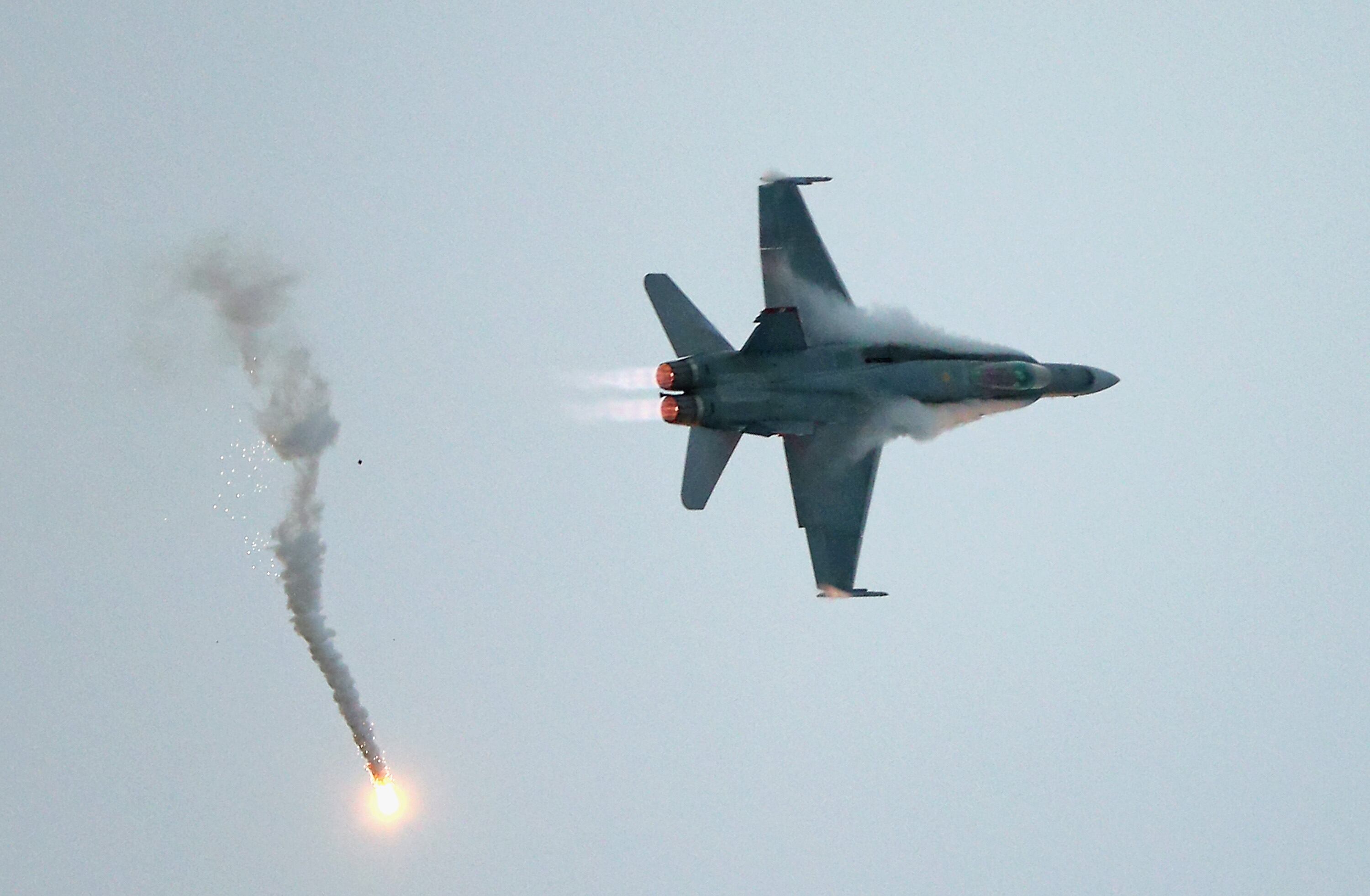MELBOURNE, Australia — Synthetic training aids are an integral part of educating the crews that operate Australia’s Sikorsky MH-60R Seahawk anti-submarine helicopters, as its Navy balances training needs against operational requirements for its helicopter fleet.
The Royal Australian Navy, or RAN, operates a fleet of 24 MH-60Rs, known locally as the Romeo, from Nowra, south of Australia’s largest city Sydney when the helicopters are not deployed at sea.
The helicopters were ordered from the United States under the Foreign Military Sales program in 2011 and delivered to Australia between 2013 and 2016.
Australia’s MH-60Rs are split among two squadrons at the RAN base at Nowra, HMAS Albatross, with the 725 Squadron primarily assigned to training duties, while its sister unit 816 Squadron handles operational duties.
RELATED

According to Cmdr. Stan Buckham, the commanding officer of 725 Squadron, splitting up the fleet into two squadrons allows each to concentrate on their respective primary tasks, while operating next door to each other means they can interact and support one another.
Both units operate out of new, purpose-built facilities at the base designed just for the MH-60R. These facilities include a suite of synthetic training devices that have helped the RAN train personnel while reducing demand on the aircraft. This suite of training devices, operated and maintained on site by the Canadian-based CAE, include two tactical operational flight trainers, or TOFT, a composite maintenance trainer, an avionics maintenance weapons loading trainer, and four other devices to train RAN MH-60R pilots, flight crew and maintenance crew.
The two TOFTs, which can be linked so crews can operate together, are certified by an independent simulator evaluation authority to level D, the highest qualification for flight simulators. These have six degrees of freedom and can replicate a variety of day, night and weather conditions.
CAE is also due to deliver an aircraft flight control system trainer to the RAN, completing its suite of nine training devices to support the country’s MH-60R training program.
Buckham describes the MH-60R as a “great capability” and has called the work between the RAN and CAE at HMAS Albatross “a step change in integration with industry.” The company has an extensive footprint across Australia and New Zealand, delivering training and simulator services across 13 sites in both countries.
Together, these training devices have enabled the RAN to stand up eight flights of MH-60R crew that are either deployed or ready for deployment. Each flight consists of two sets of flight crews and a maintenance team that totals about 18 personnel.
The first RAN MH-60R flight deployed onboard an RAN ship in 2016, and have since made numerous deployments onboard various ships to the Middle East and the Indo-Pacific region.
Mike Yeo is the Asia correspondent for Defense News.








